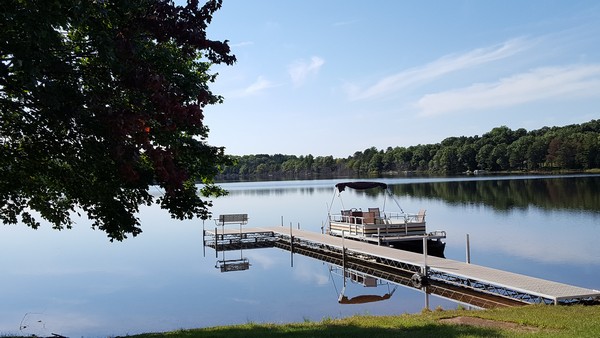 There’s nothing better than living on a lake – the fresh air, the water at your fingertips, and sandy beaches. But if you are fortunate enough to live on or near a lake, you may have noticed that the beaches aren’t always so sandy, and sometimes they simply just don’t exist at all. Some years, it may seem that the lake is flooding your life. Your dock may be halfway under water and your shoreline may be crumbling.
There’s nothing better than living on a lake – the fresh air, the water at your fingertips, and sandy beaches. But if you are fortunate enough to live on or near a lake, you may have noticed that the beaches aren’t always so sandy, and sometimes they simply just don’t exist at all. Some years, it may seem that the lake is flooding your life. Your dock may be halfway under water and your shoreline may be crumbling.
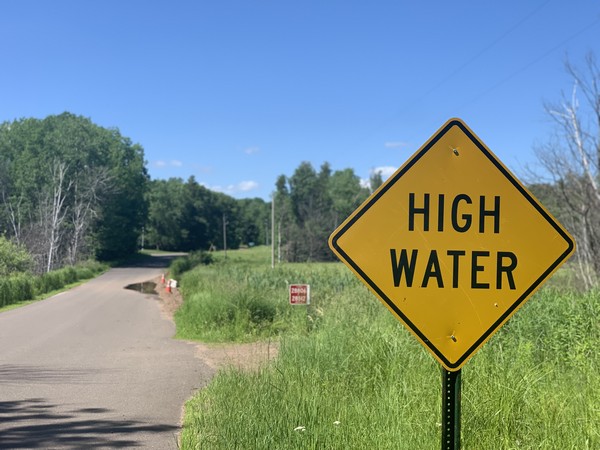
If you’ve driven around Northwestern Wisconsin lately, you’ve probably noticed the “High Water” signs along many of our lakes and roads. Our area is facing significantly high-water levels, and there’s no doubt that it’s noticeable.

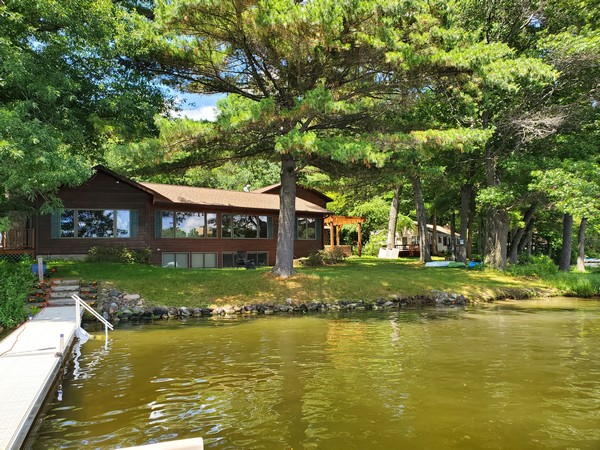
Take a look at shoreline at this property on Crooked Lake from ten years ago. The first photo is from 2009: stretching from the rock retaining wall is a 40-foot, sandy beach. The second photo was taken July of 2019. What do you see? Not an inch of sand, and water halfway up the retaining wall.
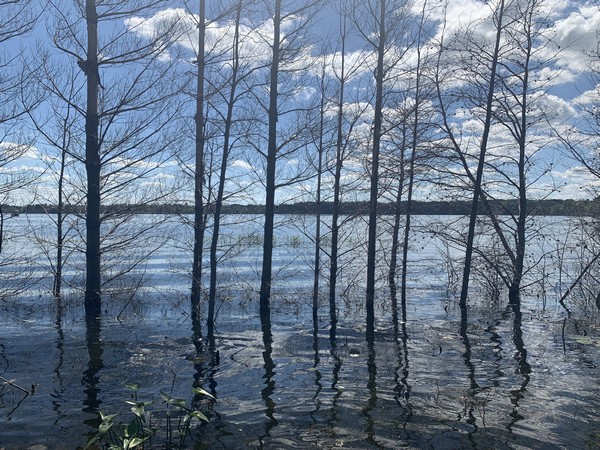
Crooked Lake is certainly not the only lake in the area that is experiencing high-water levels. Across Northwestern Wisconsin, you can see water flooding over what was once dry and grassy. This is causing various issues. Trees have been submerged, and water that used to be distant from roads is now spilling onto the pavement.
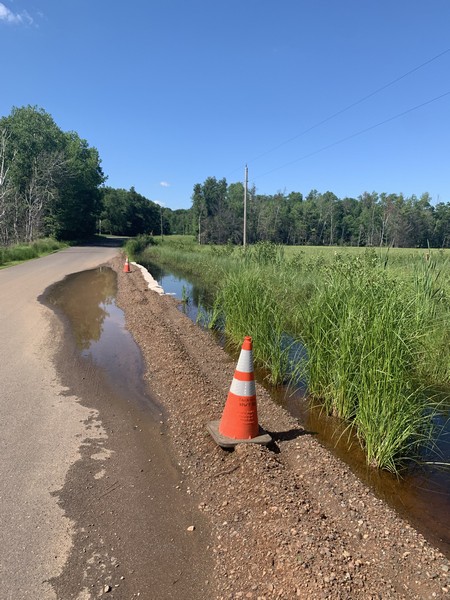
The water levels will eventually go down. It may be several years, but it will happen. Naturally, lake levels fluctuate over time, and that is the primary cause of what is going on with our area’s water today. The severity of fluctuation varies from lake to lake, but there is always a pattern of highs and lows that cycles approximately every ten years. Right now, our area just happens to be facing the very “high” end of water fluctuation. This fluctuation is a natural part of our ecosystem, and nothing can be done to stop it. We just have to adjust to the naturally occurring changes and be resilient.
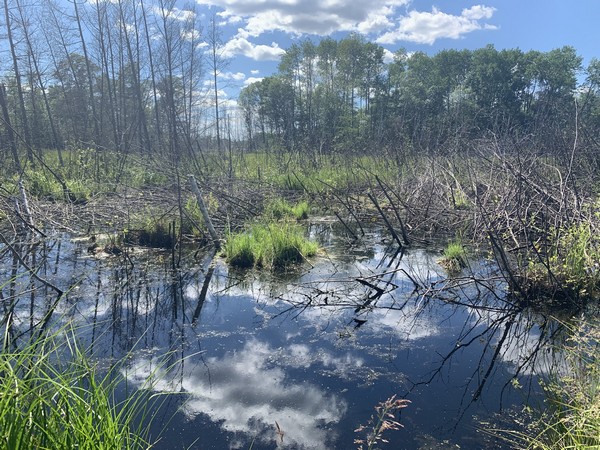
What does this fluctuation in lake levels mean for the lake itself? Well, that varies from lake to lake. Some lake clarity improves greatly in high water conditions, while others have shown to have better lake clarity when water levels are low. It all depends on the type of lake. Typically, a shallow lake filled with phosphorus and algae is more likely to be clearer under high water conditions, but a clear, deep lake consisting of little phosphorus and chlorophyll has shown to have better water clarity when water levels are low. In order to understand how water fluctuation is impacting your lake’s water quality, you must understand your lake itself. Just like humans, no two lakes are exactly the same. ~Gretchen Lee
